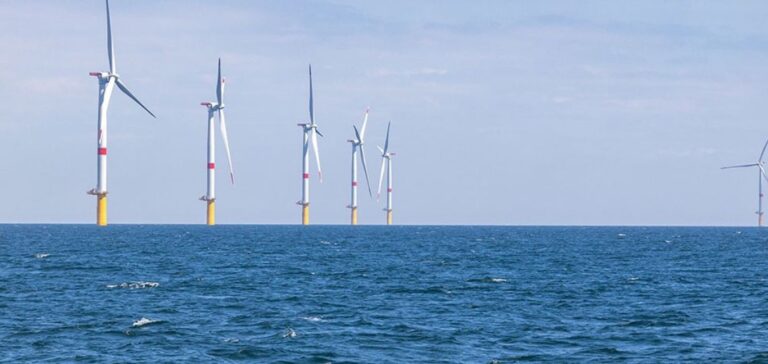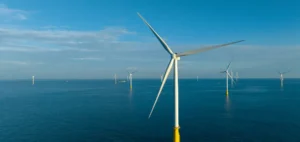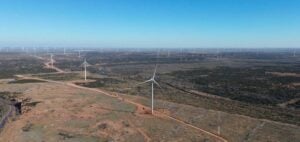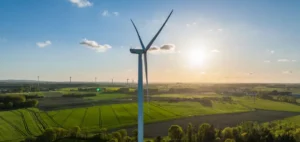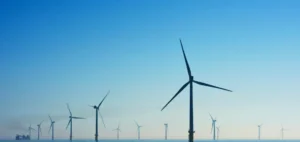The U.S. offshore wind market continues to take shape, despite economic obstacles.
At the latest auction organized by the U.S. Interior Department, Norwegian energy giant Equinor and U.S. power producer Dominion Energy won major concessions off the coasts of Delaware and Virginia.
With stakes totaling $93 million, these acquisitions underline the commitment of both companies to strengthening their position in a sector that is strategic to the United States’ energy transition.
Strategic offshore sites and major financial stakes
Equinor has secured a 101,443-acre concession 42 km from Delaware Bay for $75 million, while Dominion Energy has secured 176,505 acres 56 km from Chesapeake Bay for $17.65 million.
These sites add to an already substantial portfolio for both companies, who aim to meet the growing demand for renewable energy while diversifying their production sources.
The economic context, marked by rising costs and supply chain disruptions, is not holding back these investments.
Equinor has made it clear that electricity production from this new site will not begin before 2035, illustrating a prudent approach to managing the financial and logistical risks associated with these large-scale projects.
A fast-changing offshore wind market
Obtaining these concessions comes in a complex market environment.
The Bureau of Ocean Energy Management (BOEM) recently cancelled a planned sale in the Gulf of Mexico due to lack of industry interest, revealing the challenges facing the sector.
Despite this, offshore wind remains an essential component of US energy strategy, particularly under the Biden administration, which is counting on a significant increase in renewable energy production to meet its decarbonization targets.
Dominion Energy emphasizes the importance of these projects in ensuring a reliable, affordable and environmentally friendly supply of electricity.
This is part of a long-term perspective, where technological innovation and cost control will be key to the viability of offshore wind projects.
Long-term prospects for offshore wind power
The upcoming auctions for areas off Oregon and in the Gulf of Maine will be decisive for the future of offshore wind energy in the USA. The companies involved will have to navigate an environment where economic and logistical constraints weigh heavily on investment decisions.
The evolution of this sector is being closely monitored by industry players, as it could redefine investment strategies in renewable energies.
Offshore wind power, despite current obstacles, remains a pillar of the energy transition, offering crucial opportunities for companies capable of adapting to market realities.

